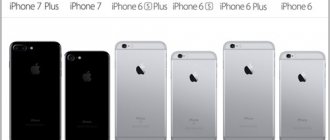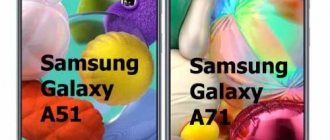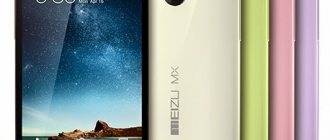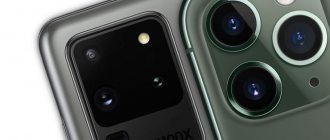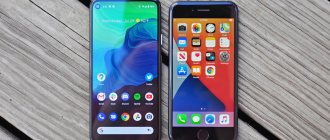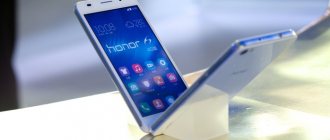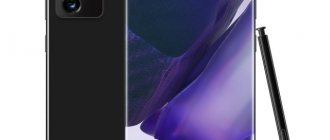In some niches of the digital technology market, there has been a long-term duel between the two manufacturers. AMD versus Intel in the processor market, ATI and NVIDIA in the video card market, Apple and Samsung in the smartphone market (before Chinese phones became massively popular). When choosing a TV model, many consider only LG and Samsung. There are those who support Sony, but the popularity of the Japanese brand in this direction is much lower, and the company itself has recently been reporting losses.
Well, let's try to find out which South Korean brand is objectively stronger and which TV is better to choose - from Samsung or LG. We will focus on those characteristics where significant differences are noticed.
A Brief History of the LG and Samsung Brands
Before delving into the differences and similarities between the two brands' products, let's take a quick look at their historical milestones.
Samsung and LG are South Korean technology companies founded in 1938 and 1947, respectively. Both companies have gained global coverage and strong positions in the US and European markets.
LG produced the first black-and-white TV in 1966 under the Lak Hui Chemical brand (a little later - Lucky Chemical Ind). Four years later, in 1970, it was decided to start producing color televisions. In 1977 , this one appeared on the market, labeled GoldStar. In 1982, a plant was opened in the USA (Alabama), in 1987 - in Germany, in 1990 - in Russia. The LG (Lucky Goldstar) Electronics brand emerged in 1995 through the merger of all subsidiaries of the Lucky Group corporation. In 2011, LG released the first 3D TV with FPR polarization system. The production of premium TVs is currently the main focus of LG's business.
It is curious that Samsung began producing black and white TVs only in 1969 , 3 years later than LG. The first color TV - SW-C3761 - was released in 1977 (yes, the same year) and received huge demand for export. This is what he looked like
